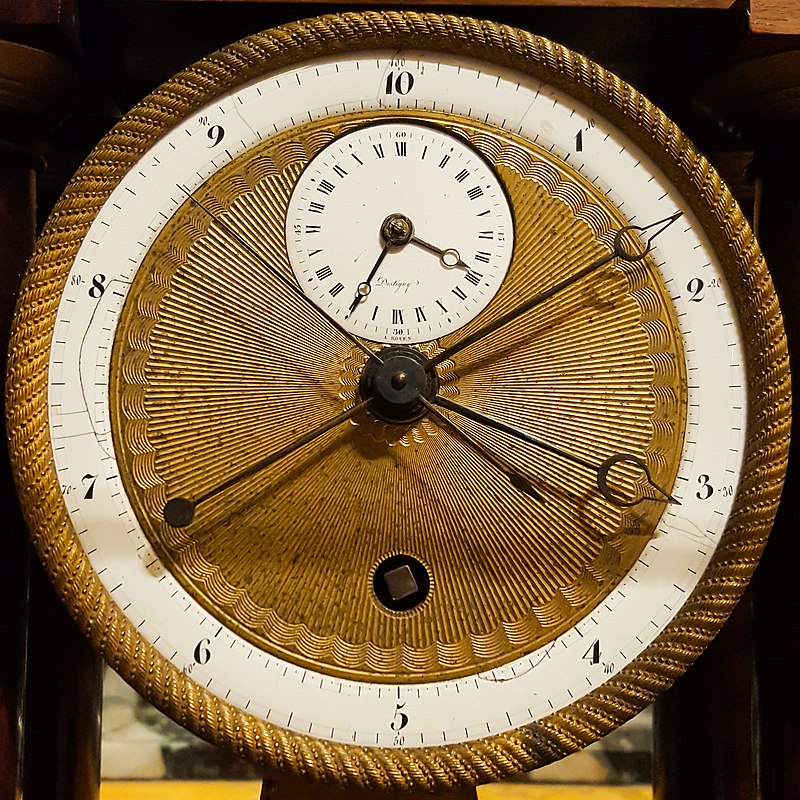My Project, Such as it is
Counting Systems Through History
Before Positional Notation
Although the Sumerians developed the first system of numerals, counting far predates this. Tallying, a system in which a single symbol is
produced repeatedly, analogous to counting on one's fingers, goes back at least 25 thousand years.
At some point, people began leaving spaces between equally-sized clusters of tally marks, making it easier to comprehend larger sets
of tallies. In this, we see the beginnings of the development of numerals: One could imagine a set of five lines to be, in some ways, a single symbol representing
a quantity of five.
Meanwhile, throughout the British Isles, shepherds developed counting systems that, although lacking a written form, contained one
of the roots of the numeral and positional notation system. The
Yan-Tan-Tethera, and others like it, were micro languages with words for the numbers one through
twenty. (one may observe from the table below that these systems are based around five and ten, using repetition such that 11, for example, is one-and-ten).
| Numeral |
Counting Name |
| 1 |
Yan |
| 2 |
Tan |
| 3 |
Tethera |
| 4 |
Pethera |
| 5 |
Pimp |
| 6 |
Sethera |
| 7 |
Lethera |
| 8 |
Hovera |
| 9 |
Covera |
| 10 |
Dik |
| 11 |
Yan-a-dik |
| 12 |
Tan-a-dik |
| 13 |
Tethera-dik |
| 14 |
Pethera-dik |
| 15 |
Bumfit |
| 16 |
Yan-a-bumfit |
| 17 |
Tan-a-bumfit |
| 18 |
Tethera-bumfit |
| 19 |
Pethera-bumfit |
| 20 |
Figgot |
The exact terms for each number varied from region to region. The above is the Linconshire variant. This and other variants can be seen
here .
In circumstances which required counting beyond twenty, a single tally mark would be made, either by a scratched mark or a stone added to a pile, and the process repeated. It
is from this practice that the term "score," meaning both "to carve a groove" and "twenty" arises. (Harper, n.d.) One could also consider this to be a sort of proto-base-20
system, with each tally mark representing a multiple of twenty, and the remainder added afterwards as a named term (such as "Fivescore Tethra") (L. J. Gosset, 1892/2017).
After the creation and proliferation of numerals, the next advance towards a positional system came from the Romans. In Roman numerals,
individual symbols exist for different multiples; however, in certain cases, one symbol is placed out of the typical descending order to represent a subtraction: thus,
while VI equals 5+1, IV equals 5 minus 1. [It should be noted that the Roman Numeral system was developed after the Babylonians had adopted the first Positional Notation, but
it took the rest of the world a while to catch on] (Michiel Hazewinkel, 1990).

Babylon and the Sexagesimal System
The first known positional notation system was developed by the Babylonians. Interestingly, they did not use base-10, a natural extension
of counting on one's fingers, but rather, base-60. The 59 numerals of this system are pictured below.

There are only fifty-nine symbols because the Babylonian system, unlike modern systems, did not have a symbol for zero. Although the Babylonians understood the concept
of nothingness, they did not notate it, except with a punctuation symbol when needed in the middle of numbers, such as 507. This symbol was not used for end zeroes,
so 1, 10, and 100 were all written identically and relied on context to distinguish them (Lamb, 2014).
The Babylonian base-60 system was useful, compared to a base-10 system, as 60 is a
superior highly composite number, which means, broadly, that 60 and its powers
divide evenly in more ways than do 10 and its powers. This system would, once positional notation caught on and the mathematical advances of the Babylonians proliferated,
stick with us into modernity in the form of our system for measuring time.
Post-Babylon: Archimedes and Rousseau
Having covered the oldest forms of positional notation, we turn to history's largest number base system. Renown Greek mathematician,
polymath, and overall genius Archimedes, feeling bored one gloomy Sunday afternoon [note: this is creative license], wondered how many grains of sand you could fit in
the universe, and decided to try to calculate it.
Archimedes had no way to accurately measure the size of a grain of sand or the universe. He was also hampered by the fact that the largest
number the Greeks had a name for was 10,000‐or a
myriad. So Archimedes, knowing he would be dealing with very large numbers, outlined a system of counting that used as
its counting base one myriad myriads, or 100,000,000 (Mendel, 2003).
Although Archimedes seriously underestimated the size of the universe and seriously overestimated the number of grains of sand that would fit in a
poppy-seed sized sphere (which he used for extrapolation), this experiment, outlined in an eight-page letter titled
"Sand Reckoner," and the base-10^8 counting system outlined
for it holds the record for the largest radix (or counting base) ever used.
Surprisingly, the base myriad-myriad system didn't catch on. Neither did another, more sensible system promoted by Mathematician
Jean-Charles de Borda, philosopher Jean-Jacques de Rousseau, and the French Government, following the French Revolution. Motivated by a commitment to logic and rationality,
they attempted to institute decimal time and a decimal calendar (ten hours per day, ten days per week). Below is the current time, portrayed in both standard and decimal time,
followed by an image of a decimal clock produced during the French government's attempt to convince the populace to switch over.
Live NORMAL time
Live DECIMAL time

Both Decimal time and the decimal calendar failed; however, decimal systems for measuring many other quantities were adopted by France and Europe at large. They are known as the
Systeme Internationale, or the Metric System (Matthew John Shaw, 2011).
Modern-Day Systems
Most systems used now around the world are base-10. However, some important exceptions exist. Time is one of them, being base-60, as discussed above,
as are certain other systems of measurement used in some parts of the world. There are a few other major exceptions, two of which you are using right now to read this
webpage. These are, of course,
Binary (base-2) and
Hexadecimal (base-16). These computer languages, and the unusual way of counting that is used by time, are covered in
greater detail
here.


